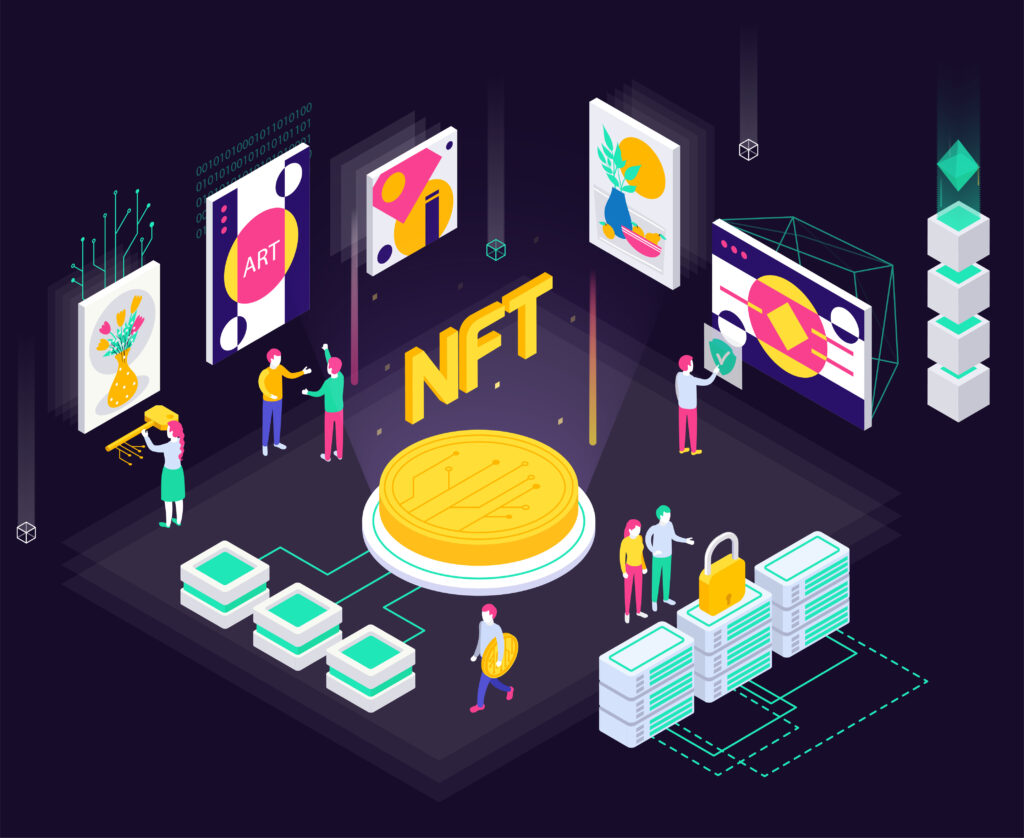
Last year, I was the chair of Blockchain 360 in NYC, and I hosted a panel on the risks and benefits of ICOs and DAOs. On the first day of the conference, I went to check in for my credentials. Going through the lobby of the hotel, the closer I got to the conference hall, the fewer women there were until, after descending on the escalator to the banquet room, it was immediately striking that there were hoards of men and literally no other women in my line of site.
During the course of the conference, I met maybe five other women, who, along with me, navigated condescension and a few thinly veiled pickup attempts in nearly every conversation. Those women included a venture capitalist who had more knowledge of the regulatory landscape than perhaps any other attendee, and a smattering of other incredibly intelligent and insightful women making moves to push the industry forward.
That’s why I’m so pleased that CryptoFriends, the first blockchain summit happening in conjunction with SXSW in Austin later this month, will be dedicated to women in crypto. The first day of the two-day event will showcase some of the “New Girls on the Block,” featuring keynotes and panel discussions on the main topics surrounding the blockchain world right now. And it’s about time.
Just 5 percent of all tech startup owners are women. It gets worse. Of all the funds invested by venture capitalists, just $1.46 billion went to female-led companies, compared to $58.2 billion for male-led ones. If ever there were a chance for us to level the playing field, it’s now, in the newly developing blockchain community, where we can raise funds through ICOs without depending solely on VC dollars.
The summit will introduce us to some of the women who are taking the blockchain world by storm, shining a light on the roles that women are playing in the blockchain community. Among the top speakers so far confirmed, will be Sqeeqee founder, Jenny Q Ta, Paragon Coin CEO, Jessica VerSteeg, and SuperBloom founder, Emmie Chang.
CEO of conference co-host, CryptoFriends, Daria Arefieva, enthuses, “There are some incredibly talented and successful women in the Blockchain community already doing amazing things. However, at most industry events you still see a more male dominated environment.” Tell me about it. How refreshing to finally attend a conference without people wondering if you’re there to record the minutes.
With women making up less than 2 percent of the blockchain community right now, it’s time to attract more female talent. “Blockchain is one of the most disruptive technologies we have ever experienced, so we want to encourage more women to get involved and lead the way in shaping its future,” Arefieva says.
The conference will also feature a variety of ICO pitches, whereby blockchain startups can present their ideas to investors, networking opportunities and educational content, as well as some lively debates.
For more information about tickets and pricing, check out the CryptoFriends page. And, who knows? Maybe I’ll see you there!
















I’d like to find out more? I’d care to find out some additional information.
I’ve learn some good stuff here. Definitely value bookmarking for revisiting.
I wonder how a lot effort you put to create this kind of great informative website.
Howdy terrific website! Does running a blog like this take a great deal of work?
I have no expertise in computer programming however I had been hoping to start my own blog soon. Anyways, if you have any suggestions
or tips for new blog owners please share. I understand this is off subject
but I just wanted to ask. Thanks a lot!
clomid otc https://clomidweb.com/